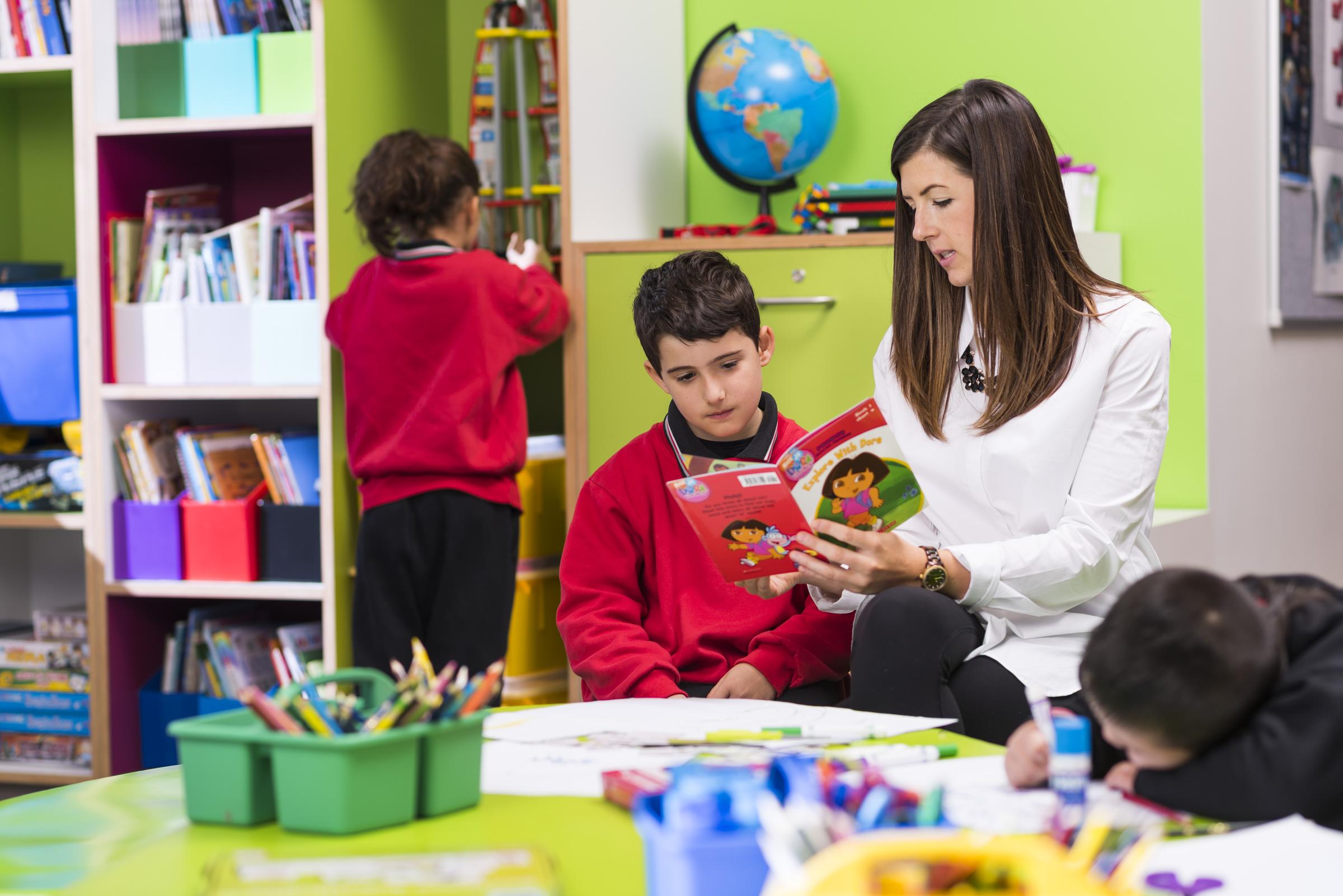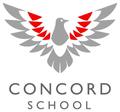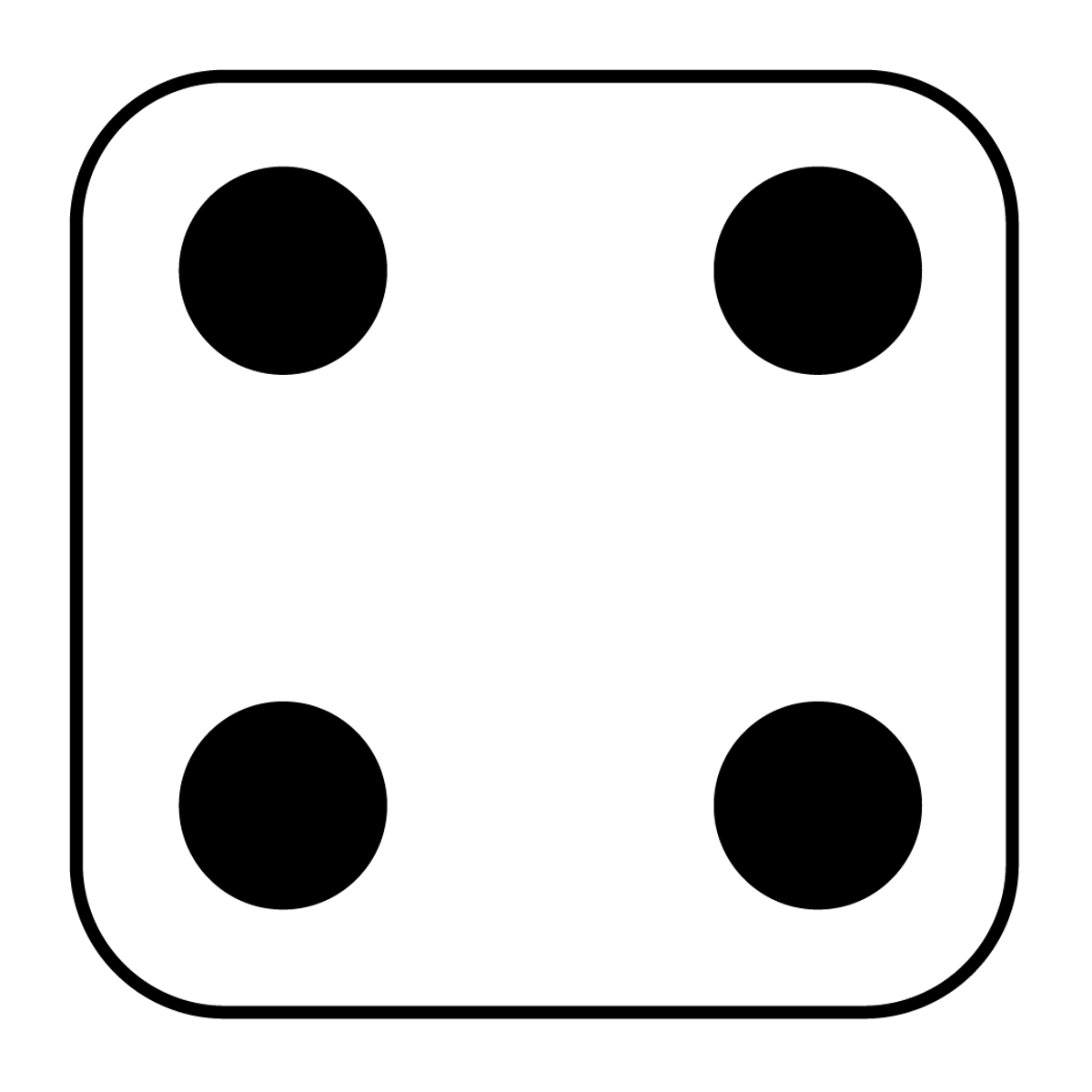Teaching & Learning

This week in teaching and learning we will discuss the upcoming festivities to take place during the National Literacy and Numeracy week. We will also look at the content students will be working through during their English and Maths sessions in the upcoming weeks and give you a few pointers for how to support this at home. Finally today we will reflect on the schools PLC process and give you a little insight into how we are ensuring that our kids can develop skills through an intervention process.
National Literacy and Numeracy Week 4th September to 10th September
National Literacy and Numeracy Week is an annual event celebrating the importance of literacy and numeracy to future learning, life participation and work opportunities. Getting involved in National Literacy and Numeracy Week is a great way for parents, schools and the community to help kids develop their literacy and numeracy skills. As part of the celebrations every Learning Area will be holding an open session at some point during the week. The dates and times will be advertised as soon as they become available. Please be on the lookout for a notice in your child’s communication book in the coming week.
During the week our students will all be taking part in ‘catch a reader’ and ‘read for Australia’. Our Secondary aged students will also participate in ‘six word stories’ to showcase their Literacy skills, while in Numeracy all students will use their knowledge of location to solve some problems. Don’t forget that families are also invited to our whole school assembly at the Bundoora Campus on Friday the 8th of September. We look forward to seeing you as we celebrate the achievements our students have made in Literacy and Numeracy.
English Content and Tips for Home
During their reading sessions over the next few weeks our students are going to be learning all about reading comprehension. This is an area of reading that is fundamental to the process. Often students are able to decode words and read with some fluency but if they can’t understand the underlying meaning in the text then the core purpose is lost.
As a result we work just as hard on teaching understanding as we do on learning how to break down and sound out words. We do break down the comprehension into three areas. These are literal, inferential and evaluative comprehension. In the early understanding of text students often respond to information that is directly stated in the text, this is literal comprehension. As they develop their understanding students begin to read between the lines and infer information that is not directly stated. This is inferential comprehension. As students mature they are able to evaluate what they read and form opinions. At this point they are using evaluative comprehension.
All students will be working through these elements of comprehension at their point of need. To support this at home it is simply a matter of opening up conversations. Simply ask your child what the book they are reading is about (narrative text) or what did they learn about (informative text). This questioning alone will start your child thinking about the text.
Maths Content and Tips for Home
Right now students are learning all about multiplicative thinking during their Maths sessions. The philosophy behind teaching multiplication has altered significantly over the last few decades. Where once the rote learning of times tables was the ultimate lesson we no longer look to teach speed and accuracy but rather we teach understanding. In fact the concept of times tables no longer exists with multiplication facts the current vernacular. Multiplication is now the concept of equal groupings. Students with early concepts will be introduced to this concept through stories and teachers will model how to make groups based on these stories. Our early years teachers have been busy making lots of visual resources to ensure students can have a variety of objects to make groups with. Stories such as Mark has 2 bags of apples. There is 1 apple in each bag. How many apples are there altogether, are being modeled to students using these materials.
As student knowledge progresses we move from equal groups to arrays. Students will use the language of arrays where objects are placed in rows and columns to strengthen their understanding of multiplication.When grouping students can count all items and use additive thinking to solve problems whereas the use of an array ensures that students have a visual demonstration to assist them with multiplicative thinking. At home there are many arrays in the kitchen, egg cartons and muffin tins to name a few. When cooking with your child it is a great idea to use the language of columns and rows and connect that to multiplication facts.
The PLC
Concord teachers across the school have been working on developing interventions to support students to achieve their goals in Mathematics all year. Over a four week cycle teachers are working together in their teams to develop interventions to help the students have success in their learning. It has been wonderful to see the amazing journey of our staff as we strive to support the development of our students. Many students have come to my door to share their learning with much excitement surrounding their success. I must thank all the teachers for enthusiastically adopting new practices to ensure that our students are achieving.
Kirrily Lamers,
Assistant Principal


